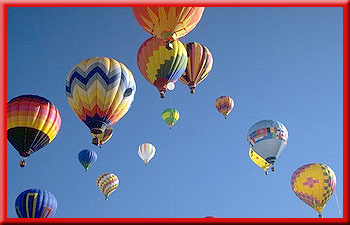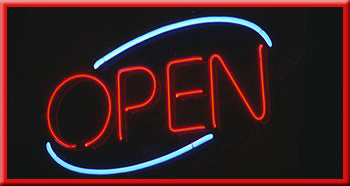p-Block Elements: Group 18
Uses
Although noble gases are unreactive, they are still very useful elements. Many uses of noble gases depend on their ability to prevent other, undesirable, reactions taking place.

Helium is less dense than air, so it’s great for all kinds of balloons. Helium balloons are capable of lifting instruments into the upper atmosphere. They can be used to measure atmospheric conditions by locating measuring instruments at the designated height above sea level. Even though hydrogen is lighter than helium, helium is preferred for these purposes because helium is inert.
Helium is also a component of breathing gas (with oxygen) for deep-sea divers because it is unreactive, insoluble and prevents divers getting ‘the bends’. It is also used as a protective gas for growing silicon crystals in silicon chip manufacture because it is unreactive. It works as a super-coolant for high-performance magnets, e.g. in body scanners, because it has a very low boiling point (-269 °C).

The “neon” lights you see in advertising signs can contain any of the noble gases depending on the colour of the lights. The signs are produced when electricity is passed through noble gas containing tube. The gases get excited by the current and the electrons jump to release the energy of wavelength matching visible light. Each noble gas produces a unique colour owing to a specific wavelength of length it produces which depends on the bandgap. Helium glows yellow, neon glows red-orange, and argon produces a bluish-violet colour. Neon is also used in TV tubes and certain types of lasers. It is used in cryogenic refrigerants in liquid form as well.
Argon, the most abundant of the noble gases on Earth and it is mainly used in energy-efficient fluorescent light bulbs. Another use is for a ‘gas blanket’ for arc welding because it is unreactive and prevents the hot welding metal from oxidizing.
Krypton is used with nitrogen in ordinary lightbulbs because these gases keep the glowing filament from burning out. Krypton lights are used to illuminate landing strips at airports, Nowadays, it is employed In lasers for eye surgery, to stop bleeding on the retina.
Xenon is used in strobe lights and in photographic flash cubes for cameras. It is installed in various types of electron tubes, lamps, photographers flashgun and lasers.
At the bottom of the group is radon which is a radioactive gas. It is produced naturally as uranium decays in rocks and soil. If radon accidentally seeps into a home then it can be harmful because it continues to emit radiation and causes breathing issues. When people breathe gas over a period, it can cause lung cancer. However, it is often used to treat cancer by radiotherapy, because it is radioactive.